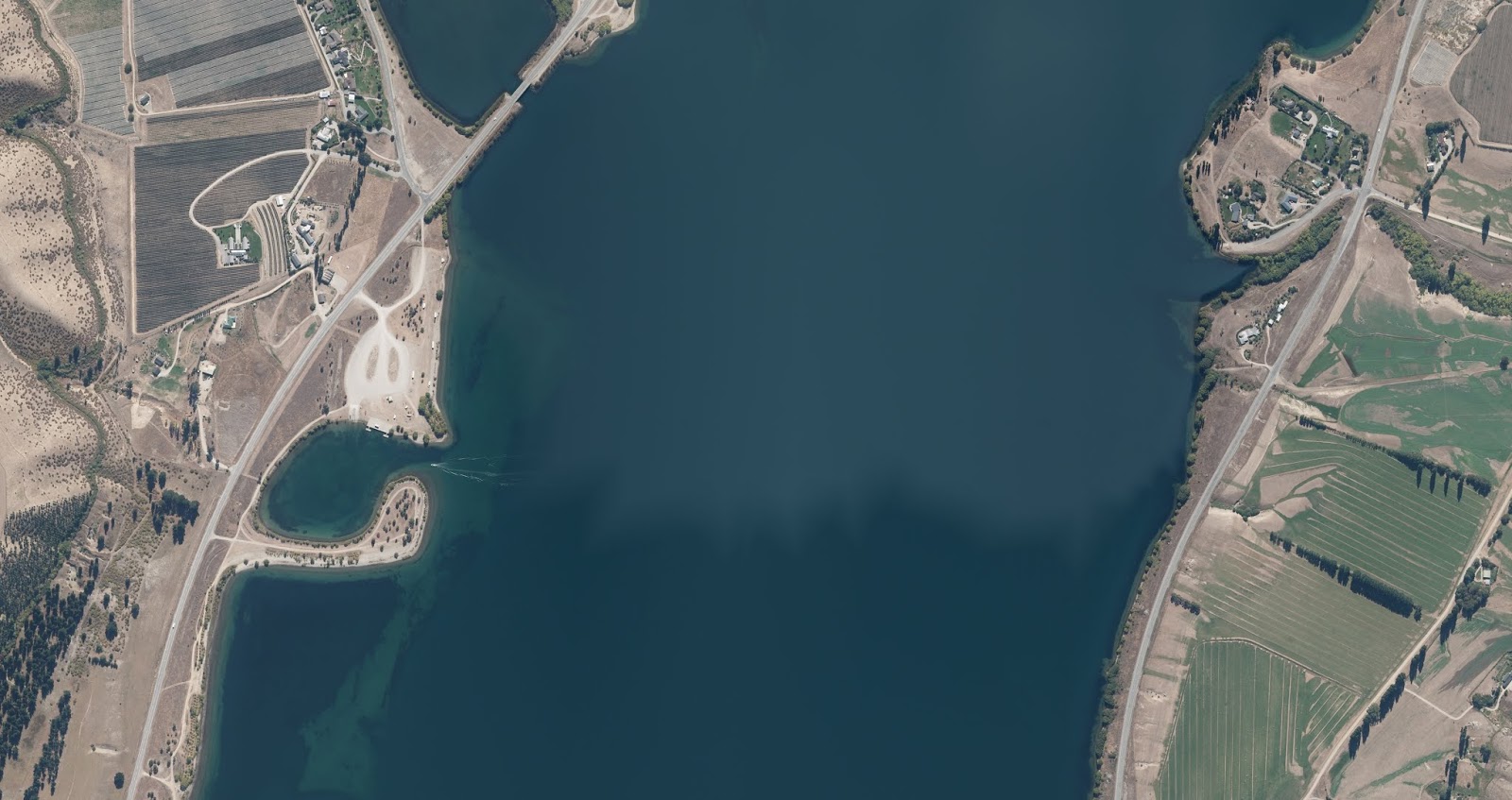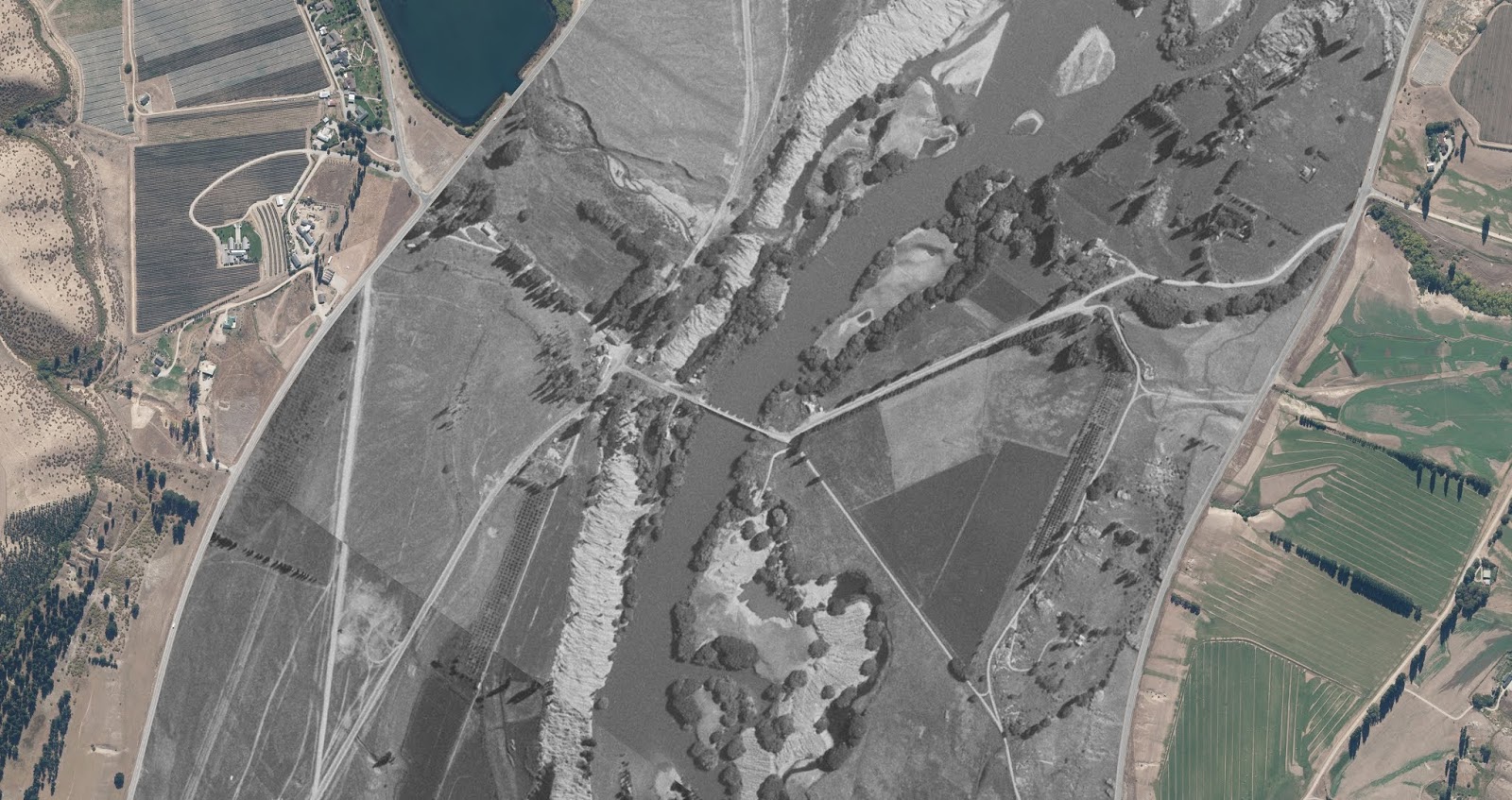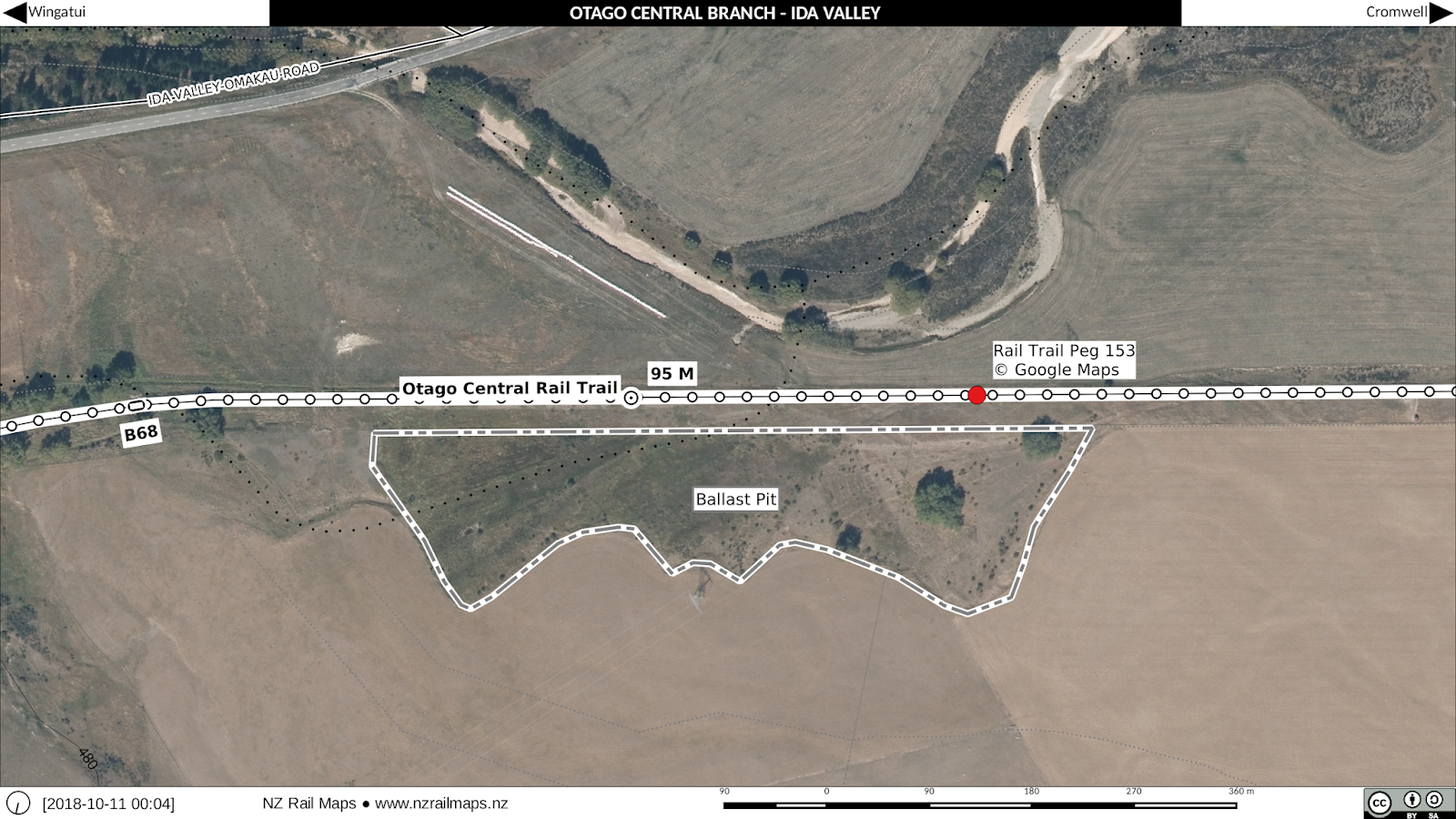As previously described, due to the closedown of Google Plus, content I currently collate there will be relocated.
I am currently looking into a free wordpress.com site to replace both the existing website (trainweb) and the Google Plus collations into one site. Trainweb has been very good and I will continue to use it in some capacity but maybe just as a redirect. If Trainweb were to update to being a Wordpress host or map their existing domains to the free Wordpress hosting option then I would seriously consider using that, in fact it's highly likely I would use them.
Wordpress.com's free option is essentially a blog. This page you are reading this on is a Blogger blog. It is not feasible to migrate this blog to Wordpress as well, because of the costs involved, and the amount of work needed to accomplish this process. So this Blogger blog will just continue to be used as it is.
So the net outcome would be that this blog stays just as it is now and continues to host all of the existing posts and also continues to receive new posts. That is all working fine for me and I have no intention to change that.
If I use a free wordpress.com site it will essentially replace the existing Trainweb website and the Google Plus site. This means it would have the following layout:
- A Home page which links to the pages that contain the content. Essentially this will look like the home page of the Trainweb site and therefore link to the other sites as well as to the global data (indexes and keys) and the twelve volumes of the project (at the moment these twelve volumes are what is hosted on Google Plus). In effect these pages are thirteen volumes because we put the index/keys page as Volume 0.
- The thirteen volume pages contain links to other content. Essentially they would be thirteen posts, one for each volume, and the content will be the other sites. At the moment in Google Plus the content is links to Flickr, Scribd, Google Photos and this blog.
- I still have to investigate using tags to index content because the other option instead of having thirteen static pages is to have a page for each tag, just like the Volume tags on this blog (e.g. this post is tagged Volume 0) and then the thirteen volume pages are displaying tagged articles for each volume. This option means that a different way of organising the content is to have a new post on the Wordpress site for each piece of content. This means that also, new blog posts on this blog might be able to be auto syndicated to the Wordpress site and tagged automatically. However this might not be possible to achieve with the free Wordpress.com site.
I have absolutely no intention of paying for a commercial Wordpress.com site, not because their hosting isn't good value or worthwhile, but largely because the scale of this project doesn't warrant commercial anything, in my opinion. It is essentially a philosophical choice I have made about this project for myself. The content itself is completely free and will remain so. I just wish to focus my efforts on that content and not on building a web site, so free sites have builder tools that speed things up and I wouldn't have the time to use the extra stuff on a paid site. The only real advantage is being able to use your own domain name.
So these options are currently all being considered. In the meantime the existing web site pointed to by www.nzrailmaps.nz continues and points to Google Plus collections.



















